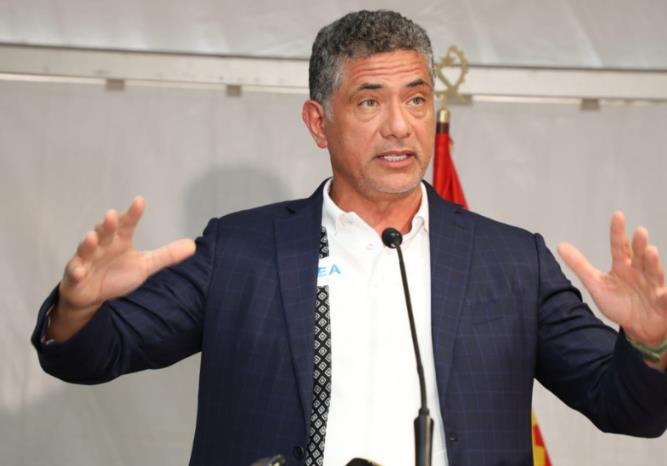Electrification will extend its reach to over 1 million individuals across 60 communities spanning the provinces of Malanje, Bié, Moxico, Lunda-Norte, and Lunda-Sul. The inauguration ceremony for the Rural Electrification Project of Lunda-Norte Province occurred in Cafunfo, Cuango Municipality, on Wednesday, November 15. The event was overseen by Minister of Energy and Water, João Baptista Borges, in the company of Provincial Governor Deolinda Vilarinho, as well as ambassadors from Portugal, Francisco Alegre, and from the Federal Republic of Germany, Stefan Traumann. Also in attendance were representatives from the energy sector, including DNEER, PRODEL, and ENDE.
The official signing of the documentation was executed by company delegates. PRODEL, acting on behalf of the Angolan government, will supervise the project, with Portuguese conglomerate MCA serving as the primary contractor. During the ceremony, Minister Borges underscored the project’s significance in advancing the country’s electrification efforts, echoing President João Manuel Gonçalves Lourenço’s commitment to delivering cleaner, more affordable energy to a larger portion of the Angolan populace, particularly in remote regions. The aim is to achieve approximately 70% renewable energy within the National Energy Matrix by 2027. In Lunda Norte Province, the initiative will benefit 74,368 families across 15 communities, with the town of Cafunfo being the site of the project’s inaugural launch, facilitating 29,150 household connections utilizing a prepaid system.
A solar park, comprising 72,000 panels, will be erected, capable of generating 41.4 megawatts, supplemented by an additional 111.45 MW stored in batteries for nighttime operation. The total cost, estimated at €1,027,914,000, will see the Cafunfo solar park completed over a three-year period.
Angola’s abundant solar energy potential, with an annual average horizontal radiation ranging between 1,370 and 2,100 kWh/m2/year, positions it favorably for solar energy utilization. Photovoltaic systems emerge as the most suitable technology for harnessing solar resources, boasting quick installation (within a year) and lower maintenance costs.
This investment in solar energy aligns with the objectives of the Angola 2025 Plan, aimed at delivering clean electricity to both urban and rural areas, thereby propelling Angola toward a prosperous, modern future with enhanced global and regional integration. The Angolan government’s environmental objectives include a reduction in greenhouse gas emissions, estimated between 4.2 and 8.0 million tons of CO2. Minister João Baptista Borges concluded by urging local residents to safeguard public assets and report instances of vandalism, which have been increasingly prevalent nationwide.





![Complete BritRail Pass Guide [Types, How to Use It, Pros + Cons]](https://inside-news.uk/wp-content/uploads/2025/06/00221EB4-BCA2-4DBB-6CD4-83DBC37D71FA-120x86.webp)
















